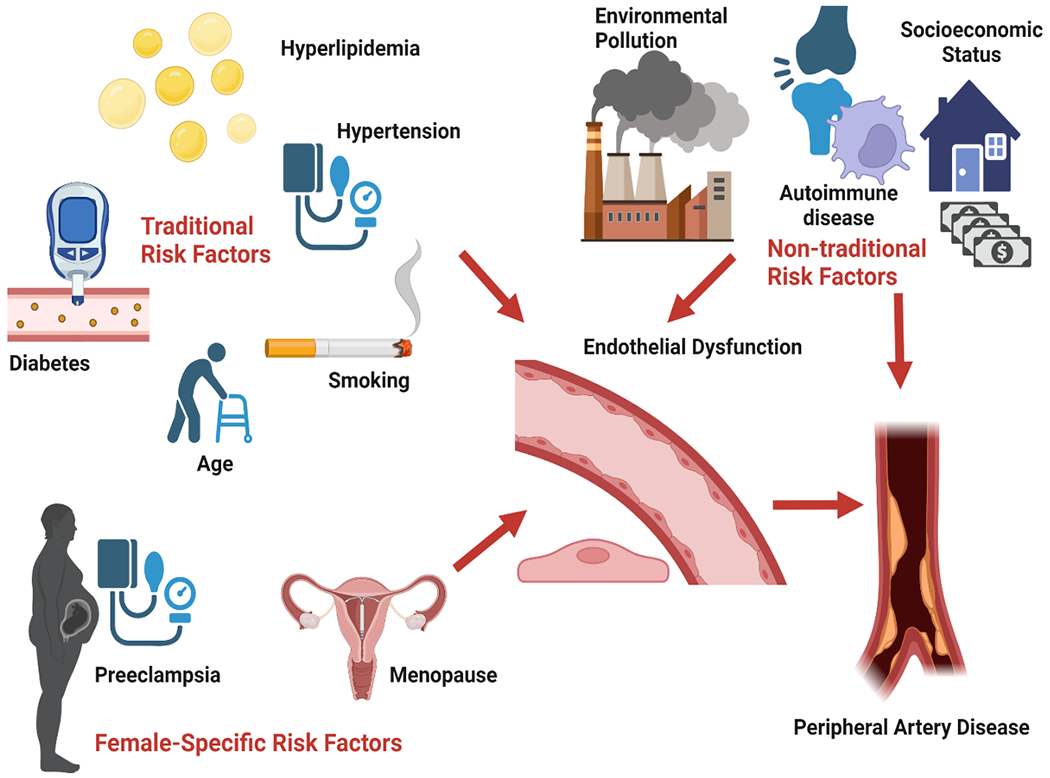Figure 2. Sex-Agnostic and Sex-Specific Risk Factors for Peripheral Arterial Disease.

A number of sex-agnostic risk factors for peripheral arterial disease have been identified, with smoking being among the most prominent and potentially contributing a more substantial burden of disease risk in women compared to men, based on analyses of tobacco metabolite associations. The excess burden and multivessel predominance of peripheral arterial disease in women may also arise from a sex-specific predisposition for endothelial dysfunction and, in turn, arterial dysfunction and disease in the setting of age-related estrogen deficiency occurring either with or without a preceding vascular disorder of pregnancy event.
